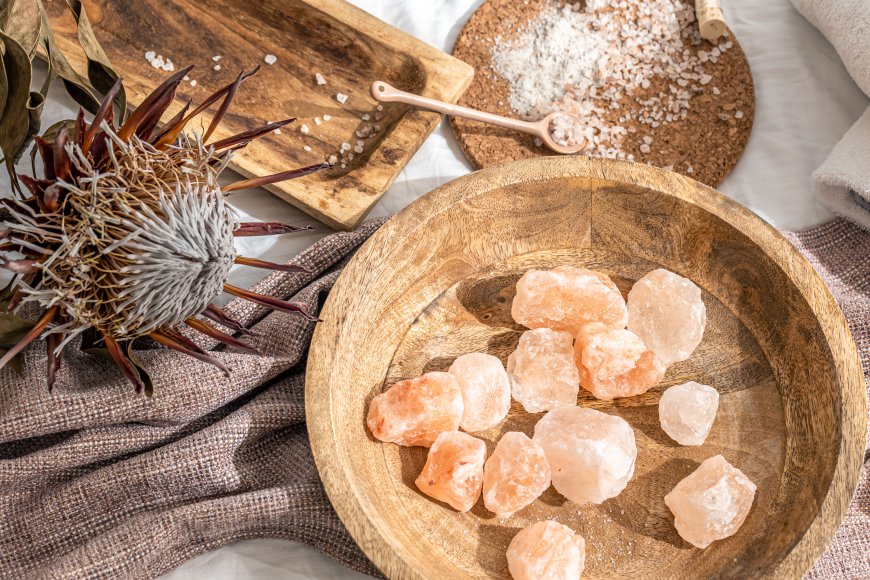brick and tile
Bricks and tiles are indispensable materials in both traditional and modern construction. Their versatility, durability, and aesthetic appeal have ensured their place in building projects across the globe

Bricks and tiles are two of the most enduring and versatile building materials used in construction throughout human history. Whether for structural support, insulation, aesthetics, or durability, both materials have played pivotal roles in the development of human dwellings and architectural masterpieces across various cultures.
Algohar World natural salt lamps that are believed to provide various benefits, combining both the aesthetic appeal and the potential health advantages associated with Himalayan salt lamps.
A Brief History of Brick and Tile
The Origins of Brick Making
The use of bricks dates back over 7,000 years, with evidence of early bricks found in the ancient civilizations of Mesopotamia. These early bricks were typically made from mud and dried in the sun, making them susceptible to wear and weathering. However, they were cheap and readily available, allowing early societies to develop more permanent structures than what wood or other materials could provide.
The Development of Fired Bricks
The invention of kiln-fired bricks, which are stronger and more durable, revolutionized construction techniques around 4,000 years ago. Fired bricks were first used in the Indus Valley Civilization (modern-day Pakistan and northwest India). These bricks allowed for the construction of larger and more complex structures, many of which still stand today.
The Evolution of Tiles
Tiles, particularly ceramic tiles, have been used for thousands of years, with early examples coming from ancient Egypt and Mesopotamia. These tiles were often used for decorative purposes in palaces and temples, often featuring intricate designs and glazing techniques. Over time, tile usage expanded beyond decorative purposes and began to play functional roles, such as roofing.
Types of Bricks
Clay Bricks
Clay bricks are the most commonly used type of brick and are composed primarily of natural clay. They are known for their durability, thermal efficiency, and ability to withstand various weather conditions.
Facing Bricks
Facing bricks are used for the external walls of buildings where the appearance is important. They come in a variety of finishes, textures, and colors, making them suitable for aesthetically pleasing façades.
Common Bricks
Common bricks, also known as structural or non-facing bricks, are usually used in places where appearance is not as critical. These are typically more affordable than facing bricks.
Concrete Bricks
Concrete bricks are made from solid concrete and are a popular alternative to clay bricks. While they are typically heavier and less attractive than clay bricks, they are extremely strong and are often used for structural purposes such as foundations.
Fly Ash Bricks
Fly ash bricks are an environmentally friendly alternative to clay bricks, as they are made using the byproduct of coal combustion (fly ash). These bricks are lightweight, durable, and have excellent insulation properties.
Fire Bricks
Fire bricks are designed to withstand extremely high temperatures. They are used in applications such as fireplaces, kilns, and industrial furnaces where high heat is a concern.
Types of Tiles
Ceramic Tiles
Ceramic tiles are among the most popular types of tiles used for walls, floors, and countertops. They are made from clay that is fired at high temperatures and glazed to give them their distinctive finish.
Glazed Ceramic Tiles
Glazed tiles are coated with a layer of liquid glass before firing. This glaze gives the tiles their shiny appearance and makes them resistant to stains, water, and scratches.
Note: Both brick and tile provide significant advantages in construction, design, and functionality. Their durability, energy efficiency, aesthetic appeal.
Unglazed Ceramic Tiles
Unglazed tiles are not coated with the glass layer, leaving a more natural, earthy finish. These tiles are often used in areas where slip resistance is a priority, such as outdoor patios or walkways.
Porcelain Tiles
Porcelain tiles are a type of ceramic tile but are made from denser, more refined clay and fired at higher temperatures. This makes them more durable and resistant to moisture, making them a great option for both indoor and outdoor applications.
Natural Stone Tiles
Natural stone tiles, such as marble, granite, limestone, and slate, offer a luxurious, high-end finish. Each tile is unique due to the natural variations in the stone, making them ideal for feature areas such as kitchens and bathrooms.
Mosaic Tiles
Mosaic tiles are small, decorative tiles that are typically arranged in patterns or designs. They can be made from various materials, including glass, ceramic, or natural stone, and are often used for backsplashes, feature walls, and swimming pools.
Manufacturing Process of Bricks and Tiles
Brick Manufacturing Process
Raw Material Preparation
Clay is the primary material used in the production of bricks. It is first dug out from the earth and then crushed and mixed with water to form a moldable paste.
Conclusion
Bricks and tiles are indispensable materials in both traditional and modern construction. Their versatility, durability, and aesthetic appeal have ensured their place in building projects across the globe. As technology advances and the demand for sustainable construction grows, bricks and tiles will continue to evolve, offering even more innovative and eco-friendly solutions for the buildings of tomorrow.

 Tagxa1122
Tagxa1122